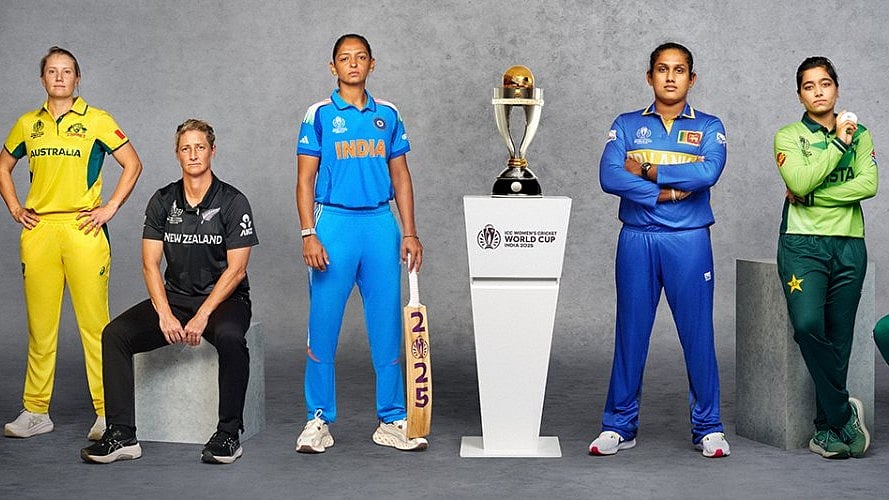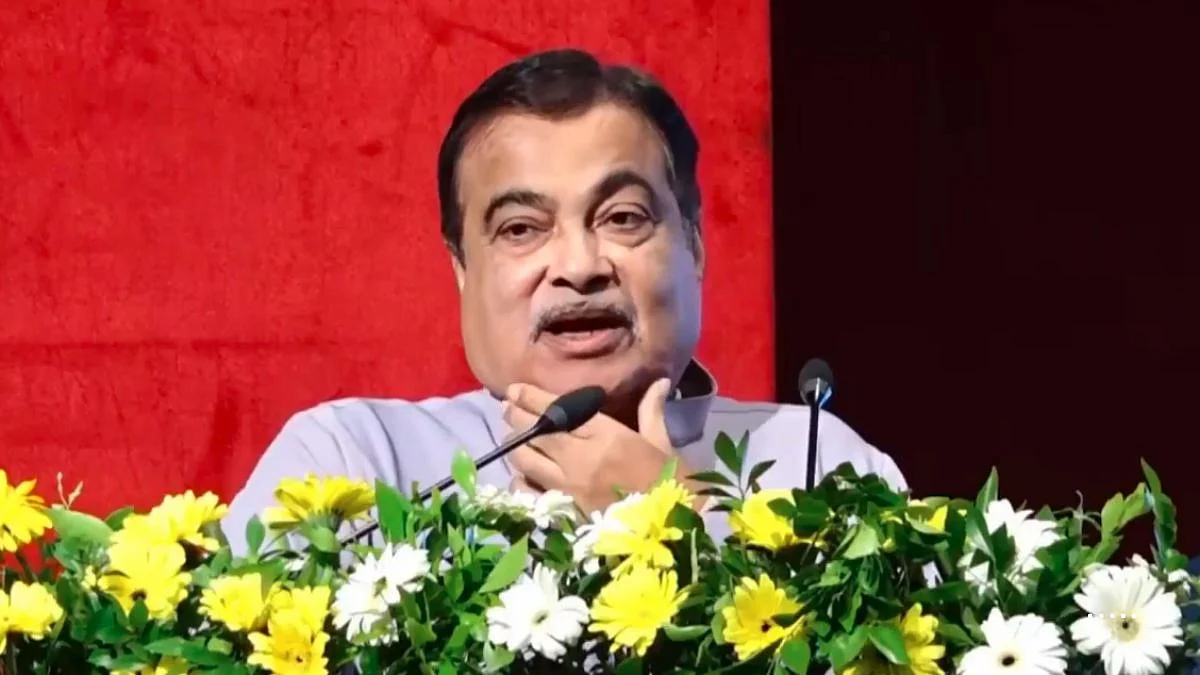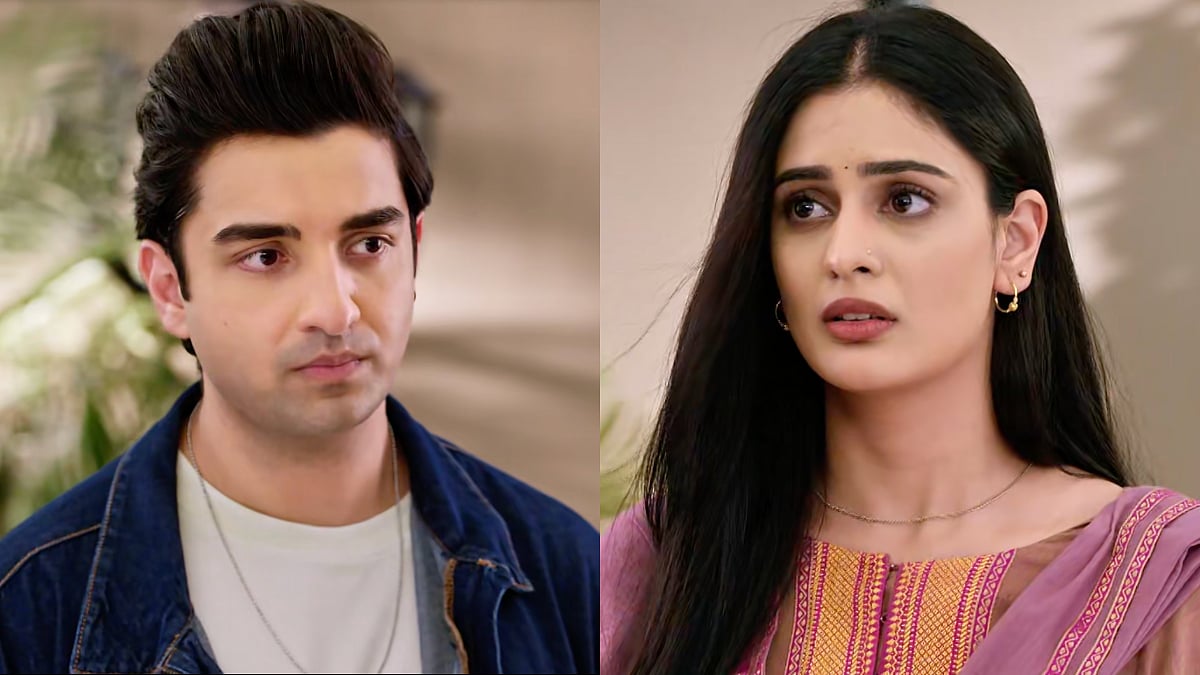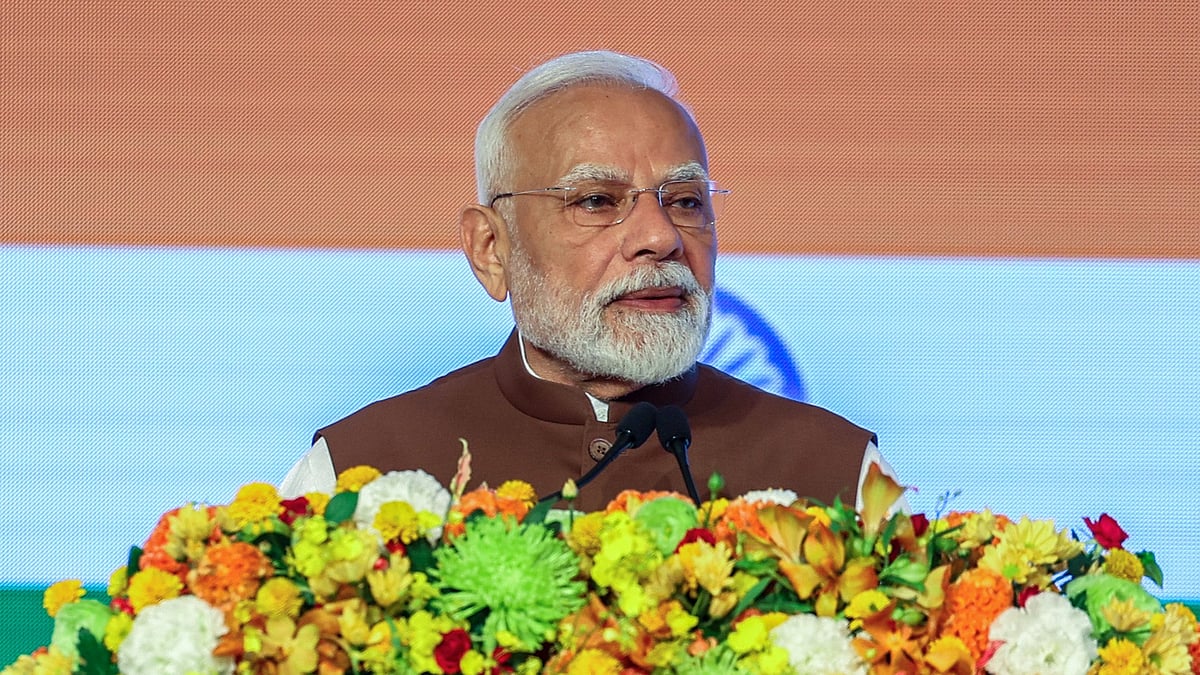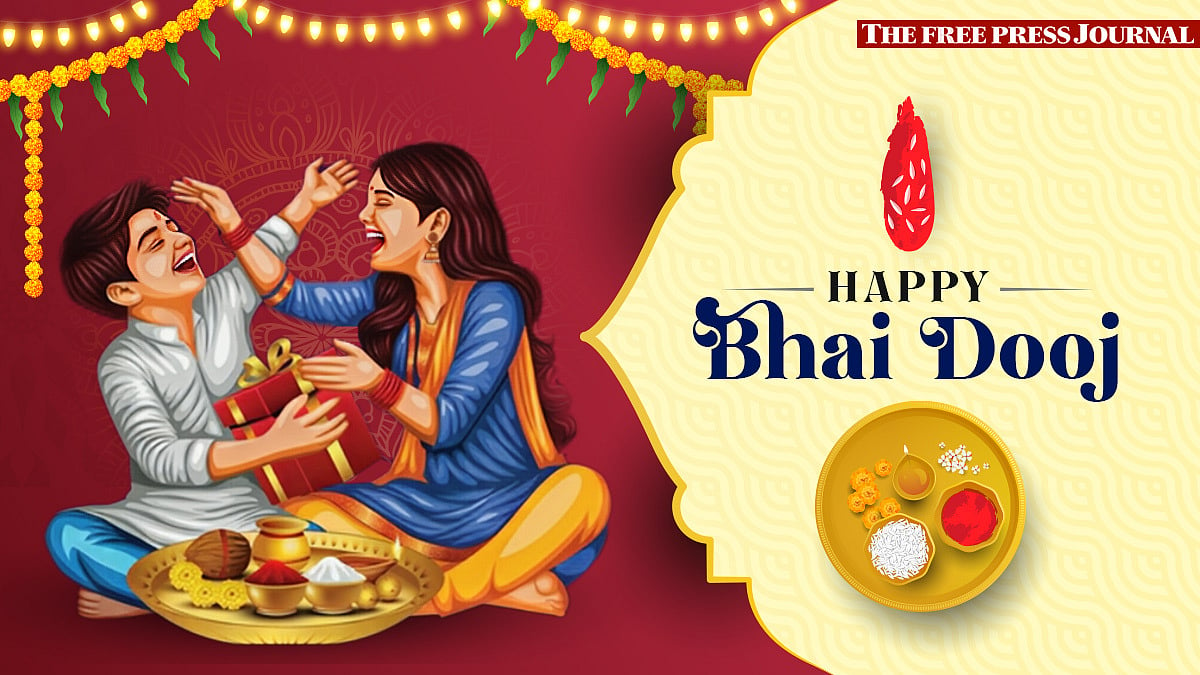Teachers' Day is celebrated annually on September 5 in India. In contrast, World Teachers' Day falls on October 5, just a month later. Understand the reason behind India's observance of Teachers' Day on September 5, including its historical background, importance, and festive customs.
History Of Teachers' Day
The birth anniversary of Dr Sarvepalli Radhakrishnan, the first Vice-President and second President of India, is celebrated as Teachers' Day. He was an excellent thinker and academic. In 1954, he received the highest civilian award in India, the Bharat Ratna, and was granted honorary membership of the British Royal Order of Merit in 1963.
Dr Sarvepalli Radhakrishnan entered the world on September 5, 1888, in the Madras Presidency. Dr Radhakrishnan, a well-known educator, taught at esteemed universities such as the University of Calcutta and Oxford University. He was known for his extensive writing and advocated for cultural exchange through his speeches in both the US and Europe.
After being inaugurated as the President of India in 1962, Dr Radhakrishnan was approached by some students who requested to observe his birthday on September 5. Nevertheless, he proposed that students should devote the day to their teachers. Therefore, September 5 began being celebrated as Teachers' Day in India.
Schoolkids honour former president Sarvepalli Radhakrishnan at a Teachers' Day event.
Importance Of Teachers' Day
The Indian culture places great significance on the bond between gurus and shishyas (mentors and disciples). September 5 is not just a commemoration of Dr. Sarvepalli Radhakrishnan's birthday, but also a tribute to teachers' commitment and effort. While students have the chance to show their thankfulness and admiration, teachers have an opportunity to reflect on themselves and establish a positive and inspiring atmosphere for students.
Teachers' Day: Celebrations
Teachers' Day is celebrated in all the educational institutions across the country. Students pay tribute to their teachers through speeches, songs, and cultural performances. In schools, it is common for senior students to dress up as teachers and hold junior classes. Students also present their teachers with gifts, cards, and flowers as tokens of appreciation.
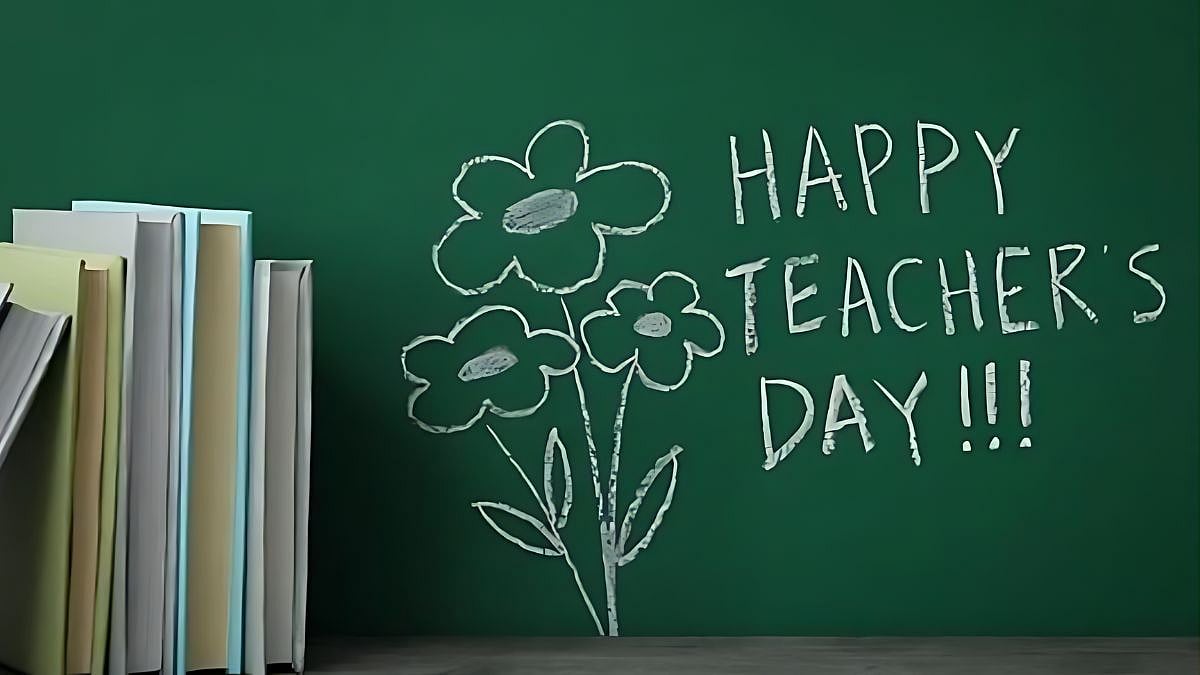
.jpg)
